Editor’s Key Takeaways: Mastering Manual Focus: A Comprehensive Guide for Photographers

This blog post provides useful information on the topic of manual focus in photography. The post gives a detailed explanation of what manual focus is, how to use it, and under what circumstances it might be the best choice.
Manual focus, as opposed to autofocus, involves turning a focus ring on the camera’s lens to indicate where to focus. In contrast, autofocus refers to the camera instructing the lens on where to focus based on the scene’s analysis and the photographer’s choices. Many photographers today primarily use autofocus due to its speed. However, there are situations where manual focus is essential, and understanding how it works is crucial to avoid missing shots.
- There are specific scenarios where manual focus is recommended, including high magnifications, very precise focus (like portraits), hyperfocal distance to maximize depth of field, difficult weather conditions, night photography, strong backlight situations and when bracketing.
The blog post concludes by underlining the importance for every photographer to learn how to focus manually.
Introduction
Do you want to understand manual focus in photography?
Do you want to know the best practices for manual focus mode…
…and when you should think about using it?
You’ve come to the right place.
Because in this article, I’m going to share with you everything you need to know about manual focusing.
I’ll explain:
- What manual focusing is
- How you can get great results
- When you might want to try manual focusing (and when you’ll want to avoid it!)
Sound good?
Let’s dive right in.
Manual Focus Mode Explained:
What Is Manual Focus?
Manual focus refers to a focusing mode where you do the focusing.
In other words:
You turn a focus ring to tell the lens where to focus.
This is in contrast to autofocus, where your camera tells the lens where to focus (based on the camera’s analysis of the scene, as well as some choices from the photographer).
Now, years ago, manual focus was the only way to ensure you got sharp images. There was no autofocus, because the technology hadn’t been invented.
But today, in the minds of most photographers, autofocus is the only type of focusing worth using.
Why?
Because autofocusing is far faster than manual focus.
And it’s true:
Autofocusing is fast…
…most of the time.
And I do recommend you use autofocus in most situations.
(I talk more about which situations later on.)
But there are times when focusing manually isn’t just a good idea, it’s a necessity.
In other words:
Without a proper understanding of manual focus and how it works, you’ll miss your shot completely.
Bottom line:
It’s a good idea for every photographer to learn how to focus manually. You never know when you may have to do it!
How Do You Focus Manually?
Focusing manually is simple.
First, make sure that your lens is set to manual focus.
To check this, you’ll need to find the switch on the barrel of your lens; it generally includes the letters ‘A’ (for autofocus) and ‘M’ (for manual focus).
Flick the switch so it says ‘M.’
By the way, some lenses may not include a focusing switch. In this case, you may need to use your camera to toggle the manual focusing mode.
Anyways, once you have manual focusing active, you’ll need to find the focus ring on your lens.
And to achieve different points of focus, just rotate the ring!
Your lens will smoothly change the plane of focus.
(You can see this very easily if you rotate the focus ring while looking through the camera viewfinder.)
Ultimately, when you find a subject you want to focus on, spin the focus ring until the subject appears as sharp as possible.
And then press the shutter button down completely to take a shot.

How Do You Know If You’ve Nailed Focus?
If you’re focusing manually, it can be difficult to determine whether you’ve nailed focus.
One method of ensuring perfect focus is by taking a shot, then zooming in on your camera’s LCD to check that it’s sharp in all the right places.
You can also shoot via your camera’s Live View option (or, in the case of mirrorless, via the camera’s electronic viewfinder), where you can magnify the point of focus to check your focusing before you press the shutter button.
Some cameras also include a focus peaking function, where the areas that are in focus are highlighted; this is a useful way to check your point of focus as you shoot, though it can be frustrating to see highlighted colors all throughout the frame.
Finally, other cameras include a manual focus assist option of some sort. This will tell you when you’re nearing correct focus–and will also indicate once you’ve nailed the point of focus perfectly.
When Should You Use Manual Focus?
As I explained above, manual focus is slow.
But it’s still necessary in plenty of situations, which is why it pays to know how to focus manually.
In the next sections, I’ll give some common situations when you might want to focus manually.
That way, as soon as you encounter any of these scenarios, you know exactly what to do.
Focusing at High Magnifications
Here’s one of the most common times to focus manually:
When you’re shooting at high magnifications.

See, if you’re photographing macro subjects, your lens will generally struggle to nail focus, even if you have plenty of light and your lens has the best autofocus in the world.
So instead of grabbing focus and getting you a sharp image, your lens will hunt back and forth and back and forth…
While you wait (and get more and more frustrated!).
That’s why I recommend you pretty much always focus manually when working with unmoving macro subjects, such as flowers and leaves.

Simply switch your lens over to manual focus, then rotate the focus ring until your subject is in focus.
In fact, focusing manually is especially easy when using macro lenses, because the designers know that you’re going to be focusing manually–so they tend to build in manual focus rings that offer nice ergonomics and a smooth experience.
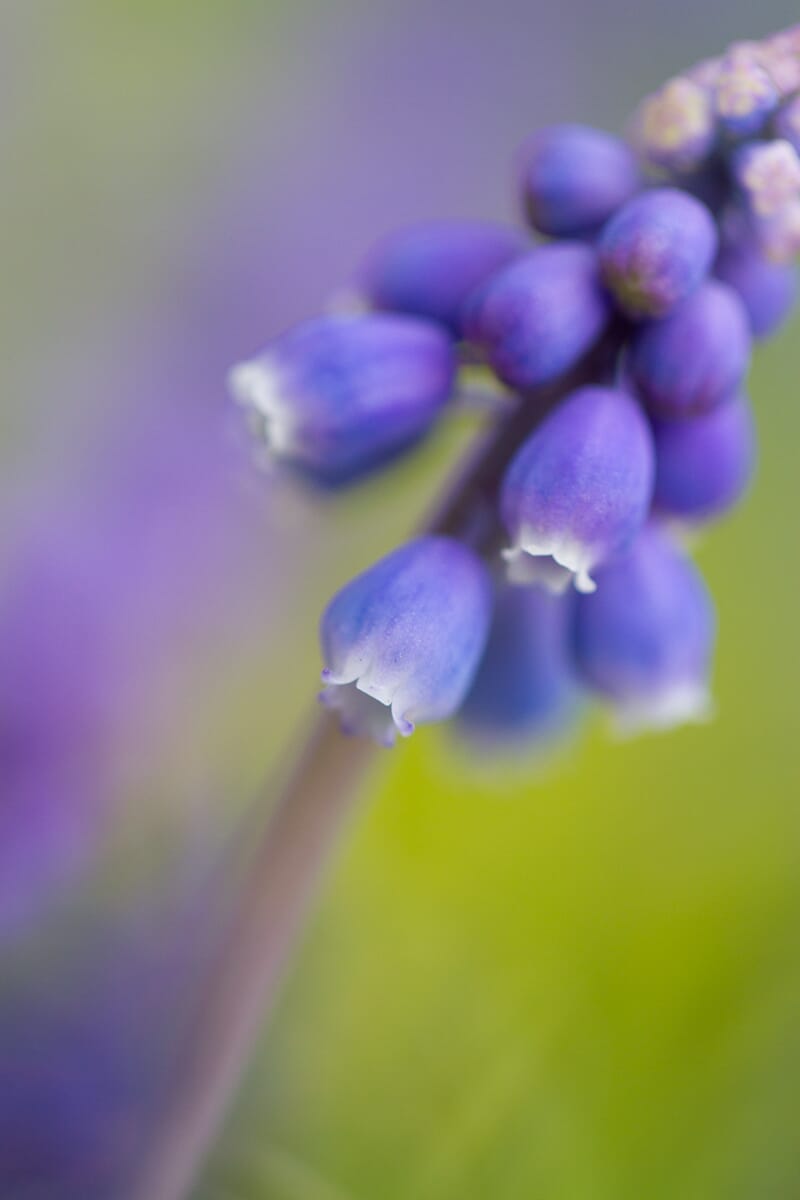
Focusing in Advance and Lying in Wait
If you want to photograph the street or travel subjects, you’ll often find yourself wishing a moving person would walk in front of a particular backdrop.
But here’s the problem:
When the person finally does move where you want, you’ll often have to focus very quickly–and you may fail to get the result you want.
That’s where manual focus can come in handy.

Instead of waiting for the person to walk through the frame and then focusing, you can focus manually in advance.
Just set your point of focus where you expect a person will walk.
Then lie in wait.
And, when the person comes through, take your shot!
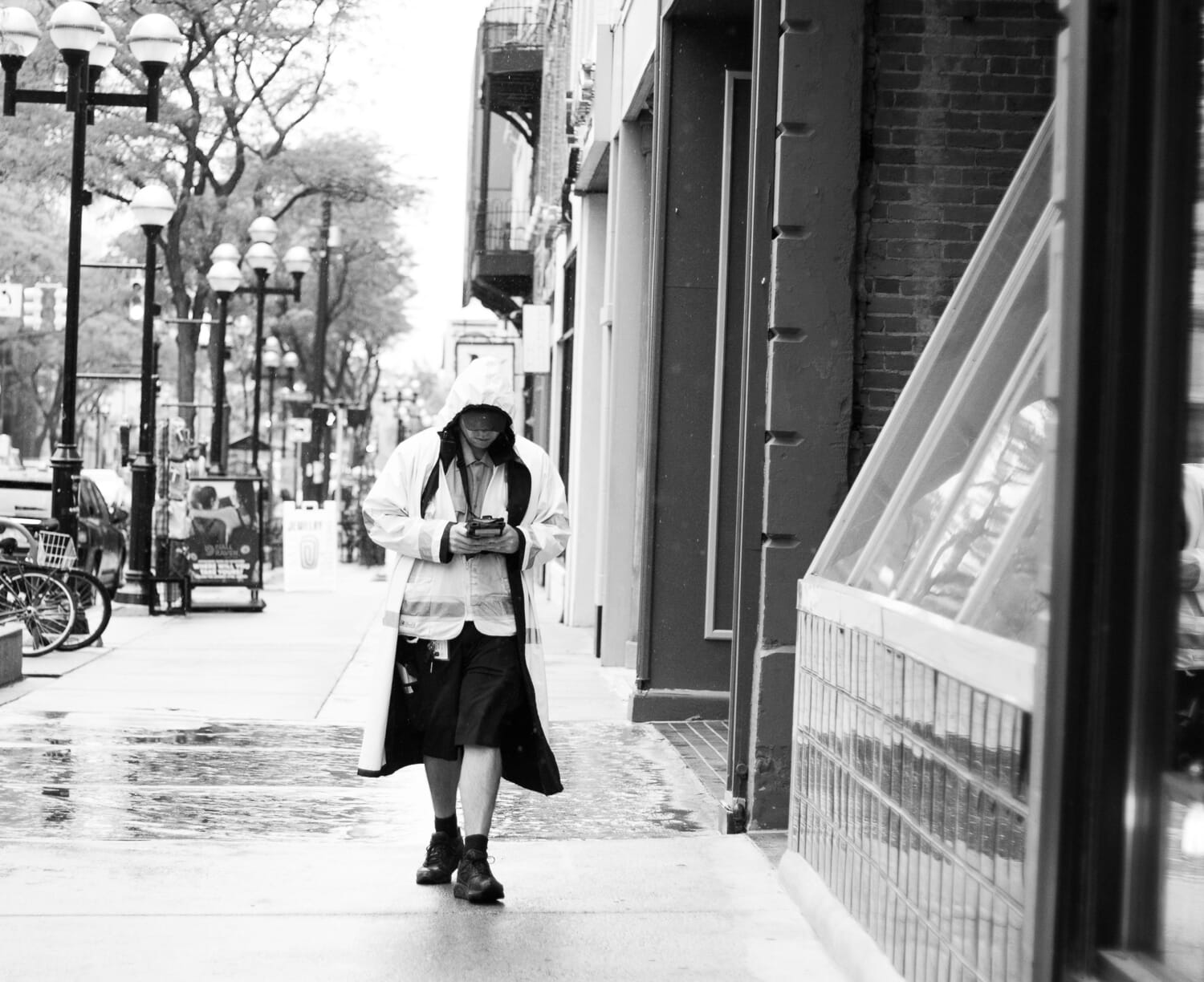
Focusing Very Precisely (Such as With Portraits)
Sometimes, you’ll be faced with a subject where you need to nail focus in a very particular spot.
For instance, portraits pretty much always require that the eye be in focus.
Now, your autofocus will do a good job of nailing a general part of your subject. If you’re photographing a portrait, the AF can easily lock focus on the face.
But when you’re working with a very shallow depth of field (as is often the case with portraits), you can’t settle for a sharp face.
You want sharp eyes.
Which is why you may want to switch over to manual focus mode and set the point of focus yourself.

Focusing at the Hyperfocal Distance to Maximize Depth of Field
The hyperfocal distance is the point you should focus on if you want to maximize the amount of the scene that’s in focus.
Landscape photographers use hyperfocal distance very frequently–because it’s important to keep the entire shot sharp, from foreground to midground to background.
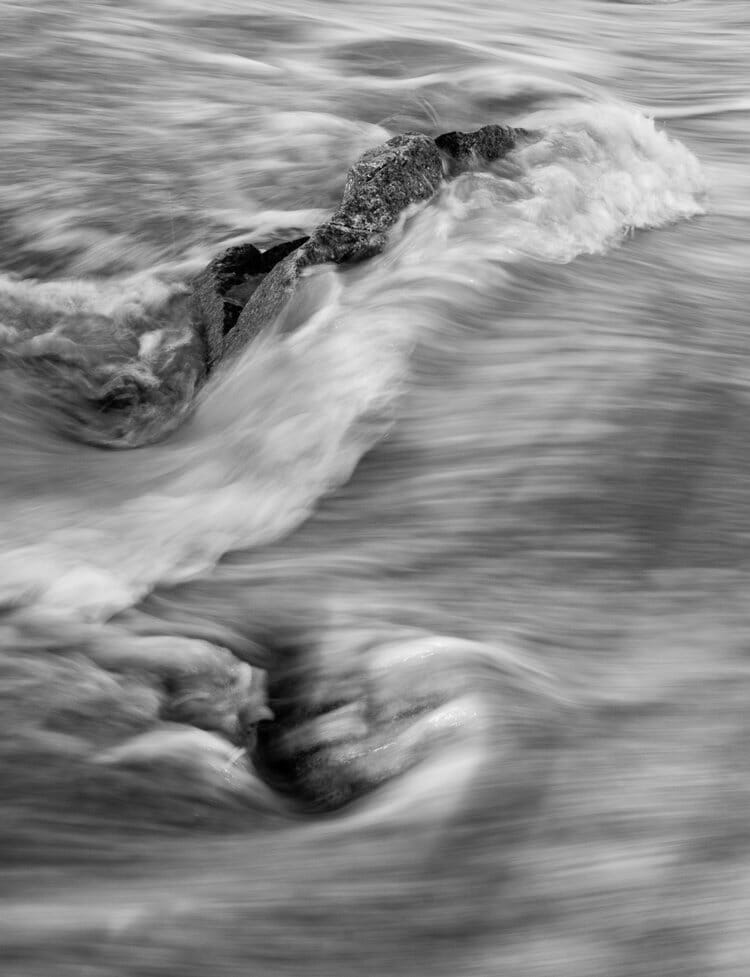
Now, there are different methods of identifying the hyperfocal distance. You can use hyperfocal distance charts or apps, though I generally recommend using this simple method:
Find the nearest subject you want to be sharp.
Estimate how far that subject is from your lens.
Then double that distance.
Of course, even once you’ve found the hyperfocal distance, you have to actually focus on the proper spot.
And that’s where manual focusing comes into play.
You can use manual focus to nail the hyperfocal distance–rather than trying to autofocus at the exact right point, which can be difficult.
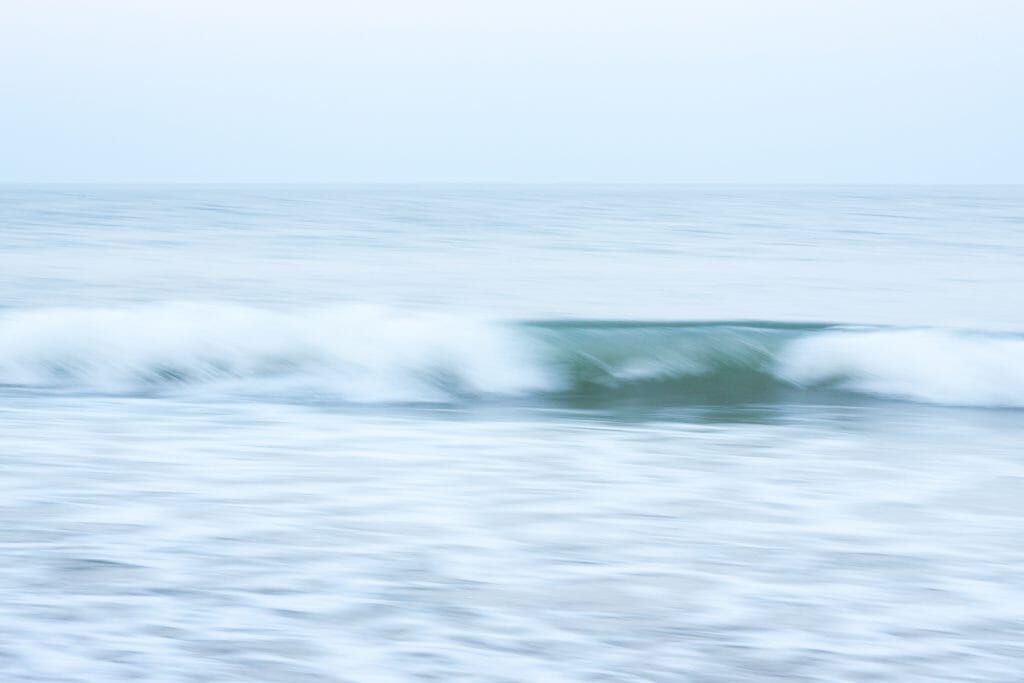
Focusing During Difficult Weather Conditions
Bad weather can wreak havoc on your autofocus system.
Snow, in particular, can distract your camera’s autofocus and result in your lens constantly moving back and forth between your subject and falling snowflakes.
Which is not what you want. Especially when you’re confronted with once-in-a-lifetime action shots.
That’s when you can switch over to manual focus.
Sure, you may not end up with a 100% keeper rate.
But you’ll end up getting at least a few sharp shots–versus the potential for zero sharp shots when autofocusing.
Focusing at Night
Autofocus systems rely on light.
Which means that in low light, your camera’s autofocus system will start to get worse and worse.
And eventually, it’ll stop working completely.

Now, the degree to which your AF system will fail in low light depends on your camera model. Newer models with flagship autofocus systems can focus well in near darkness.
But every camera will start to fail eventually.
And you’ll want to have a backup plan when that happens.
That’s when manual focus becomes a good option.
As with photography in bad weather, you may not have a high keeper rate, especially since you’ll be focusing through your camera’s viewfinder in dark conditions.
But at least you’ll end up with something, as opposed to nothing at all.
By the way, astrophotographers (which photograph the night sky) generally use manual focus all the time, for this very reason.
So just remember:
If the light is limited and your camera is struggling to focus, it might be time to make the switch.
Focusing With Strong Backlight
When your subject is lit from behind (i.e., backlit), you can capture some very cool effects.
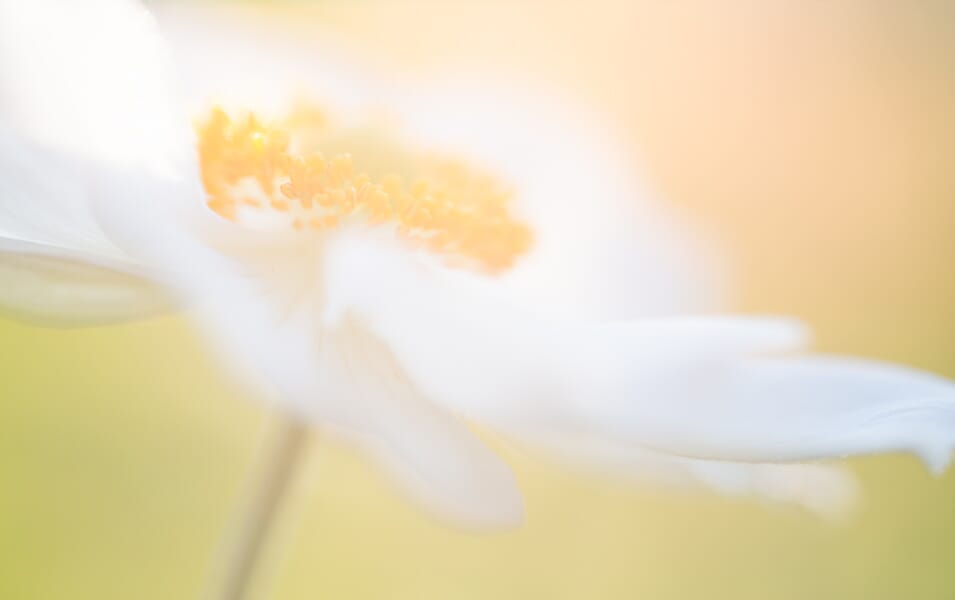
Unfortunately, your camera may struggle to focus.
Why?
Because backlight backlighting can reduce contrast between the subject and the background–which is what autofocus systems rely on to nail focusing.
So when you’re doing backlit photography, you’re going to have a very hard time getting sharp shots.
The solution, of course, is focusing manually.
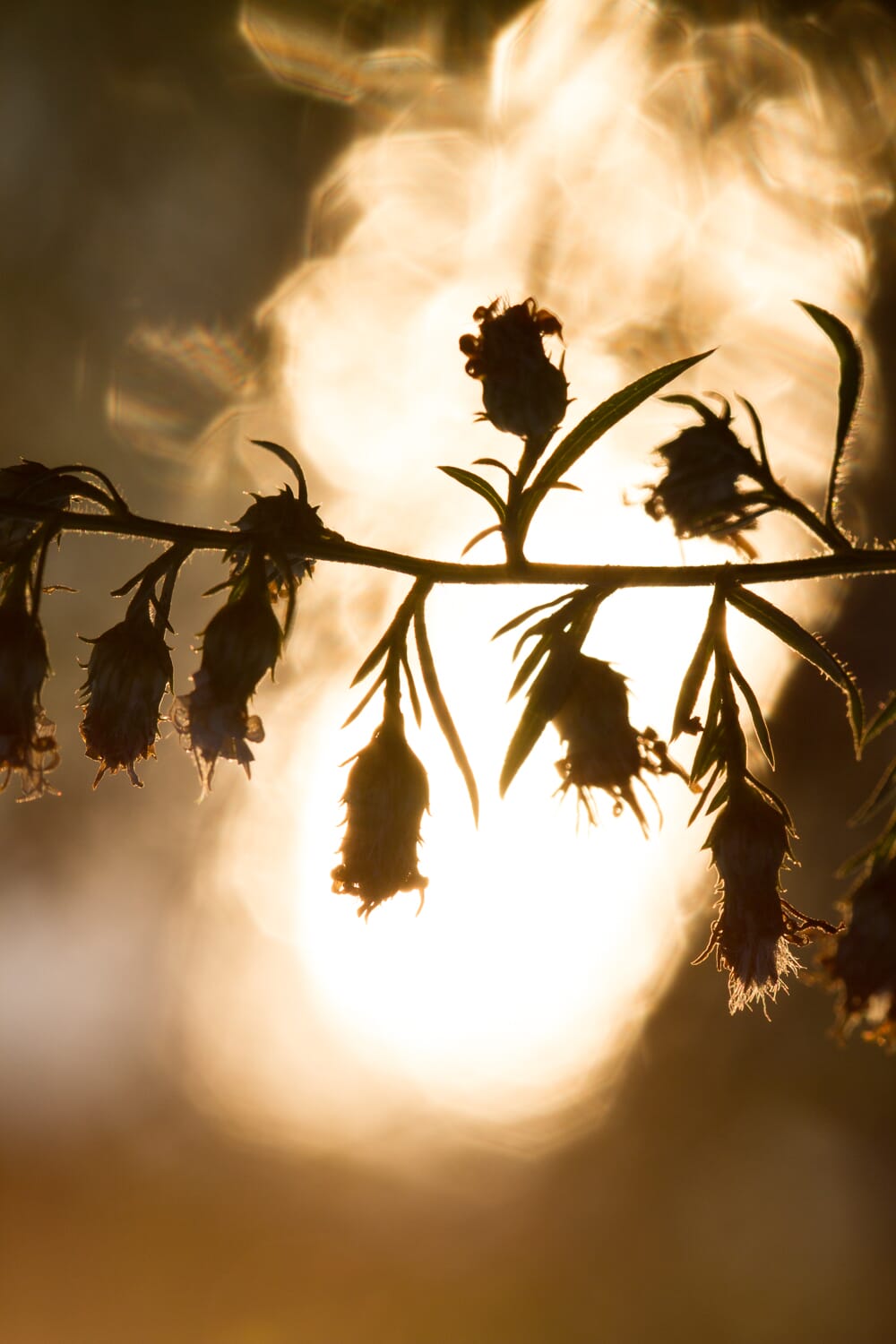
Sure, your camera might not be able to perceive low-contrast edges in the scene.
But you can! Because your eyes are far more sensitive than a camera’s autofocus system.
So switch over to manual focus, and you’ll be able to get the sharp shots you were hoping for.
Focusing When Bracketing
Focus bracketing is a technique for maximizing depth of field.
In other words:
With focus bracketing, you can ensure the entire scene is sharp, from front to back.
This is especially useful if you’re photographing a deep scene that has a near foreground subject and a distant background.
Now, basic focus bracketing works by focusing at different points throughout the scene, taking several shots, and merging the photos together using post-processing software.
And you can do this with autofocus.
But that can get pretty finicky, especially if you’re trying to take five or more photos.
So what’s a better way?
Manual focus!
You can take shots while slowly spinning the focus ring on your lens.
And you’ll end up with a great set of photos–that you can then upload and stack together during post-processing.
When to Avoid Manual Focus Mode
I’ve listed a whole host of times when you should think about using manual focus.
But when is it a bad idea to focus manually? When should you avoid manual focus completely?
Honestly, my recommendation is to use autofocus unless you encounter one of these difficult-to-focus situations I’ve listed above.
That said, there are times when you can get away with manual focus, even if autofocus might be faster–for instance, if you’re photographing portrait subjects, which tends to be pretty relaxed and controlled.
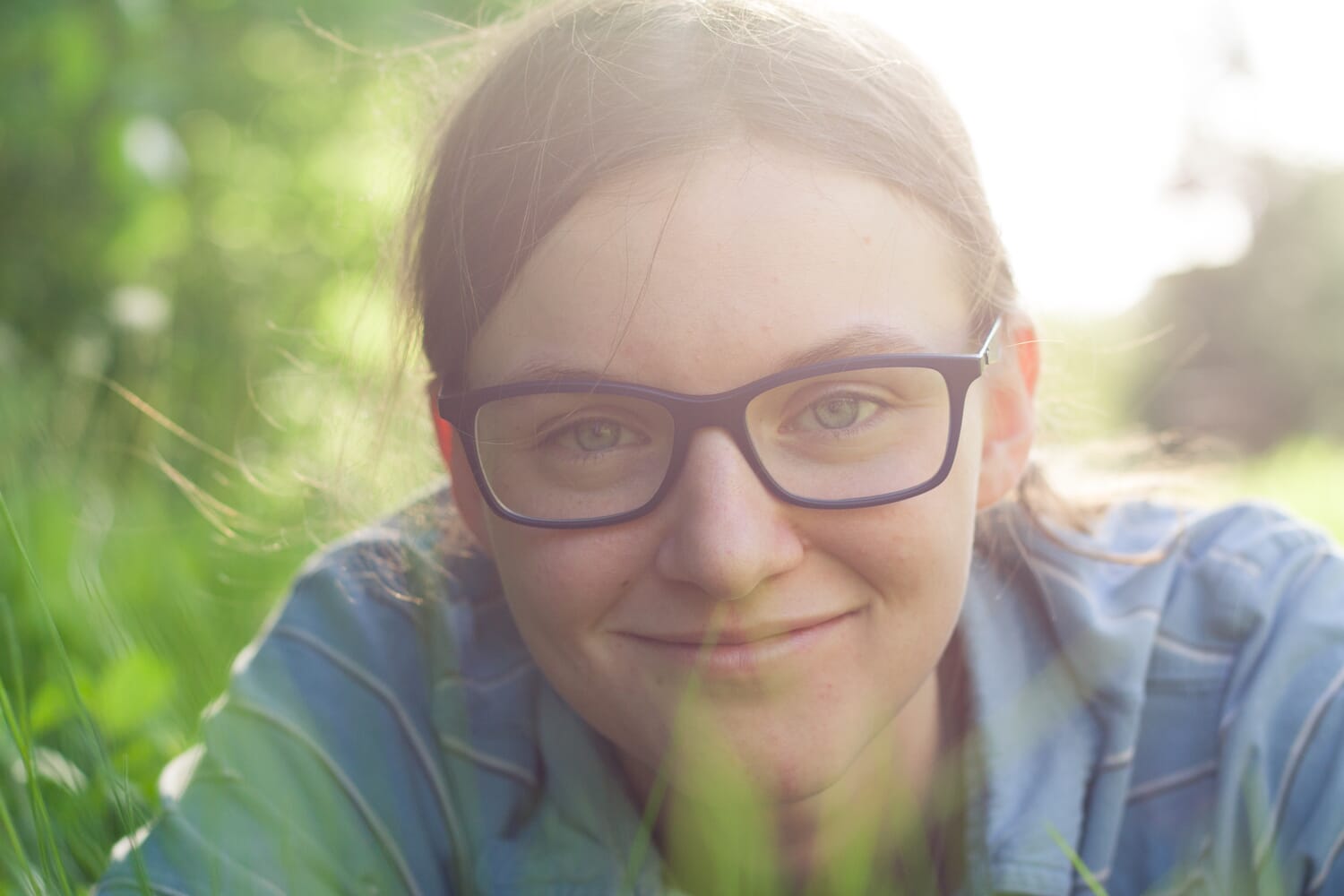
On the other hand, you definitely don’t want to focus manually when photographing moving subjects, such as birds in flight.
Because without a ton of practice, you’re going to struggle mightily.
Manual Focusing Mode: Conclusion
Manual focus is a nifty method of focusing, one that you definitely shouldn’t neglect.
And, as I explained above, there are plenty of times when manual focus makes sense.
So just be aware of the times you’ll want to switch over to manual focus.
That way, you’ll be able to nail shots in every situation–even when the focusing gets tough!

What is manual focus?
Manual focus is a type of focusing where you control the plane of focus. You spin the ring on your lens, and the plane of focus moves with it; your camera does not participate. For that reason, manual focus is generally much slower than autofocus, but it can be a better choice in certain situations.
Should you ever focus manually?
Yes! There are times when manual focus is the way to go. In particular, manual focus is a good idea when you’re shooting at high magnifications, because lenses can’t really handle focusing at such close distances. Manual focusing is also good for shooting in bad weather (where precipitation can distract the AF function), at night (when the light is too low to allow for proper focusing), when focus bracketing, when shooting portraits, when focusing at the hyperfocal distance, when dealing with tricky, low-contrast lighting (such as backlighting), and when waiting for a subject to walk into the shot.
Is manual focus better than autofocus?
Not really. Manual focus is good for certain situations, and autofocus is good for plenty of other situations. I recommend using autofocus until you’re confronted with one of the scenarios I discussed in the article (such as heavy backlighting, bad weather, or complete darkness).
Is manual focus more accurate than autofocus?
That depends. If you’re trying to focus in tricky conditions, autofocus may be the only way to get a sharp photo–in which case, yes, manual focus would be more accurate. In most cases, however, both manual focus and autofocus are going to be pretty accurate. One exception to consider, however, is when a camera offers a dedicated AF sensor (such as the phase-detection system used in most DSLRs). Here, you can end up with slight calibration issues, which can result in slight front- or back-focusing errors. Manual focus, however, is never plagued by this (because you control the focus ring, and what you see is what you get).
